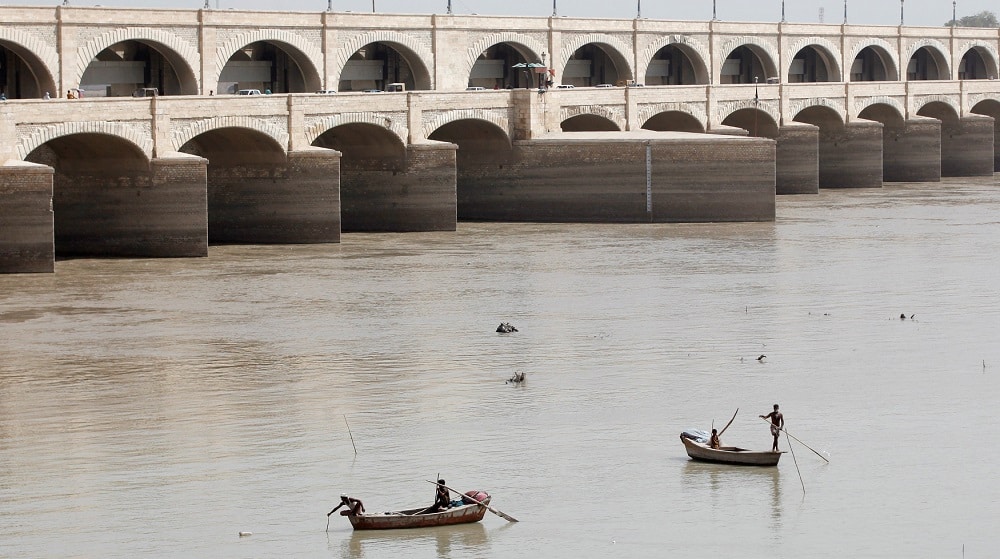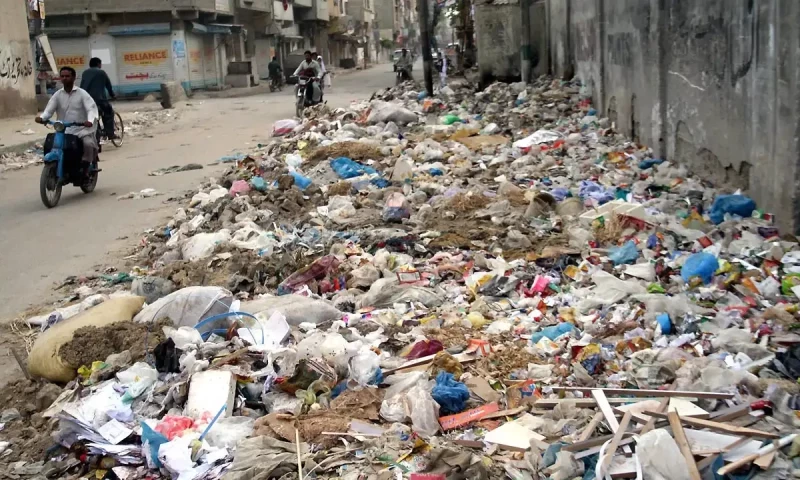India’s recent suspension of the 1960 Indus Waters Treaty (IWT) has introduced a new phase in the longstanding water dispute between India and Pakistan. This strategic shift, particularly concerning the allocation of water from the Chenab, Jhelum, and Indus rivers, poses significant risks to Pakistan’s agricultural sector, which is heavily reliant on these water resources.
Background of the Indus Waters Treaty
The IWT, brokered by the World Bank and signed by India and Pakistan in 1960, allocated control over the six rivers of the Indus Basin. Under the treaty, India was granted control over the three eastern rivers—Beas, Ravi, and Sutlej—while Pakistan retained control over the three western rivers—Chenab, Jhelum, and Indus. This agreement has historically ensured a stable and predictable water-sharing arrangement between the two nations.
Recent Developments
Following a terrorist attack in Pahalgam, Kashmir, which India attributed to Pakistan-based militants, India suspended its participation in the IWT in April 2025. This suspension has allowed India to undertake infrastructural projects aimed at diverting more water from the western rivers, particularly the Chenab, for its own use. One such project under consideration is the extension of the Ranbir Canal, which would increase its capacity from 40 to 150 cubic meters per second, thereby reducing the water flow to Pakistan.
Impact on Pakistan’s Agriculture
Pakistan’s agricultural sector is predominantly dependent on the Indus River System, with approximately 90% of its food crops, including wheat, rice, and cotton, irrigated through this system. The World Bank’s 2019 report, “Pakistan: Getting More from Water,” highlighted the critical role of the Indus system in supporting the country’s agriculture.
The Indus River System contributes nearly 25% to Pakistan’s GDP and supports over 237 million people, with the majority residing in the provinces of Sindh and Punjab. Major urban centers such as Karachi, Lahore, and Multan, along with hydropower plants like Tarbela and Mangla, rely on the uninterrupted flow of water from the Indus rivers.
Any significant reduction in water supply from these rivers could lead to a 21% water shortage during the early Kharif season (May to June), as reported by Pakistan’s Indus River System Authority (IRSA). Such shortages could severely affect crop yields, leading to food insecurity, economic losses, and increased unemployment in rural areas.
Environmental and Societal Consequences
Beyond agriculture, the diversion of water from the Indus River System could have devastating effects on Pakistan’s environment and society. The Indus Delta, one of the world’s largest deltas, is already facing ecological challenges due to reduced freshwater inflow. The proposed construction of six new canals under Pakistan’s Green Pakistan Initiative aims to irrigate barren lands in the Cholistan Desert but has faced opposition from Sindh’s civil society and environmental groups. They argue that these projects could further deplete water resources and harm the delta’s ecosystem.
Diplomatic and Legal Repercussions
The suspension of the IWT and India’s unilateral actions have escalated tensions between the two countries. Pakistan views any attempts to divert water from the western rivers as violations of the treaty and potential acts of war. The World Bank, as the custodian of the IWT, may be called upon to mediate and facilitate dialogue between the two nations to resolve the dispute.
Conclusion
India’s new strategy concerning the Indus River System marks a significant shift in the region’s water-sharing dynamics. While India asserts its right to utilize its share of the river waters, Pakistan emphasizes the importance of adhering to the IWT to maintain regional stability and cooperation. The outcome of this dispute will have profound implications not only for the agricultural sectors of both countries but also for their broader economic, environmental, and diplomatic relations.
Topics #Pakistan #trending pakistan




